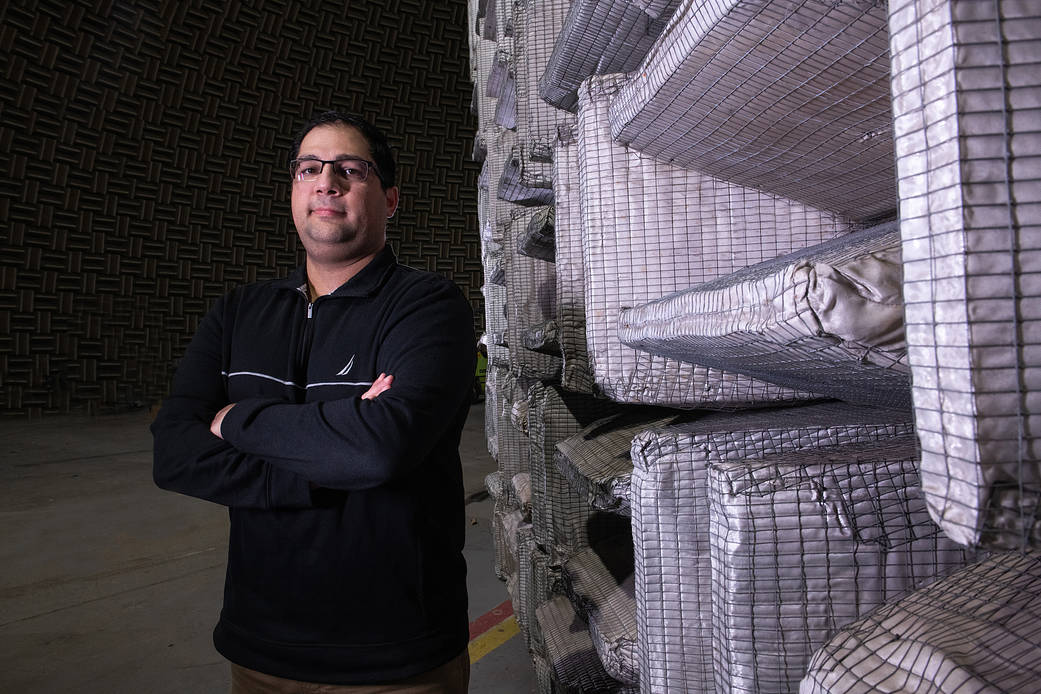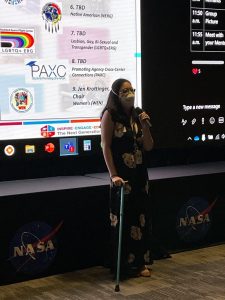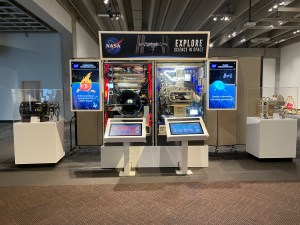David Avanesian has a unique approach when it comes to cultivating a highly productive team. He encourages what others typically try to avoid: Failure.
Avanesian leads a team of mostly early career professionals at NASA’s Glenn Research Center in Cleveland. His team focuses on the development of advanced powertrain components for electrified aircraft propulsion projects, such as the X-57 Maxwell and Subsonic Single Aft Engine.
“There’s a very conventional way of working at NASA,” said Avanesian. “It involves spending a lot of time creating, analyzing, and verifying a design before building the first prototype. My approach is very different.”
Over the past seven years, he’s embraced a rapid development method — inspired by a widely used software project management strategy called agile development — where his engineers confirm a minimally viable design and then develop a minimally viable product very quickly.
“The likelihood of failing when designing something for the first time is very high, regardless of the amount of upfront thinking and analysis. It’s simply more efficient to fail quick and often,” said Avanesian. “It’s difficult for engineers, especially young engineers, to accept failure that often, so I’m trying to instill in the team that it’s OK to fail if lots of learning is happening and the outcome is a positive result in the long run.”
According to Avanesian, this culture shift is possible because of two factors: his team works together in person in a lab, alongside technicians and experienced experts, which makes solving problems easier and builds comradery. Most of his team members are beginning their careers, which he believes allows them to be agile and to quickly adapt to changes and new work cultures.
Avanesian is no stranger to learning how to adapt to new cultures. At 18 years old he migrated to the United States from the former Soviet Union. Because of his family’s financial situation, Avanesian put his electrical engineering degree on hold for three years while he worked in customer service earning money and learning English. This part of his life ultimately inspired him to become a leader.
“What I picked up was the ability to talk to all kinds of different people, and I dove into reading and learning about different personalities,” said Avanesian. “I wanted to find out how could we produce more as a team while being so different from one another and often having a very different approach to solving problems.”
Avanesian went on to earn his undergraduate, master’s, and almost completed his doctorate degrees from Cleveland State University. In 2010, after spending two years in industry, Avanesian accepted a position at NASA and eventually found his passion in electrified aircraft propulsion.
“I want to do research, but ultimately what I want to do is develop technologies that will eventually help everyday Americans,” said Avanesian. “Electrified aircraft propulsion is novel and revolutionary for aeronautics. This is a ripe area for research and product development, a perfect combination of what I was looking for.”
For others searching for their future career in STEM, Avanesian has some advice.
“Don’t be afraid of being wrong or failing; it’s how we grow and become better,” said Avanesian. “Research and engineering are essentially quite a bit of failing and occasionally you succeed. The pathway is very treacherous because you fail so often, and things don’t work out how you imagined they would most of the time. But when they do work, the results are so positive that it’s all well worth it.”
NASA is in a Golden Era of aeronautics and space exploration. In partnership with commercial and private businesses, NASA is currently making history with significant missions such as Artemis, X-57 Maxwell, and X-59 Quesst. The NASA’s Modern History Makers series highlights members of NASA Glenn’s workforce who make these remarkable missions possible.
Jacqueline Minerd NASA’s Glenn Research Center






























